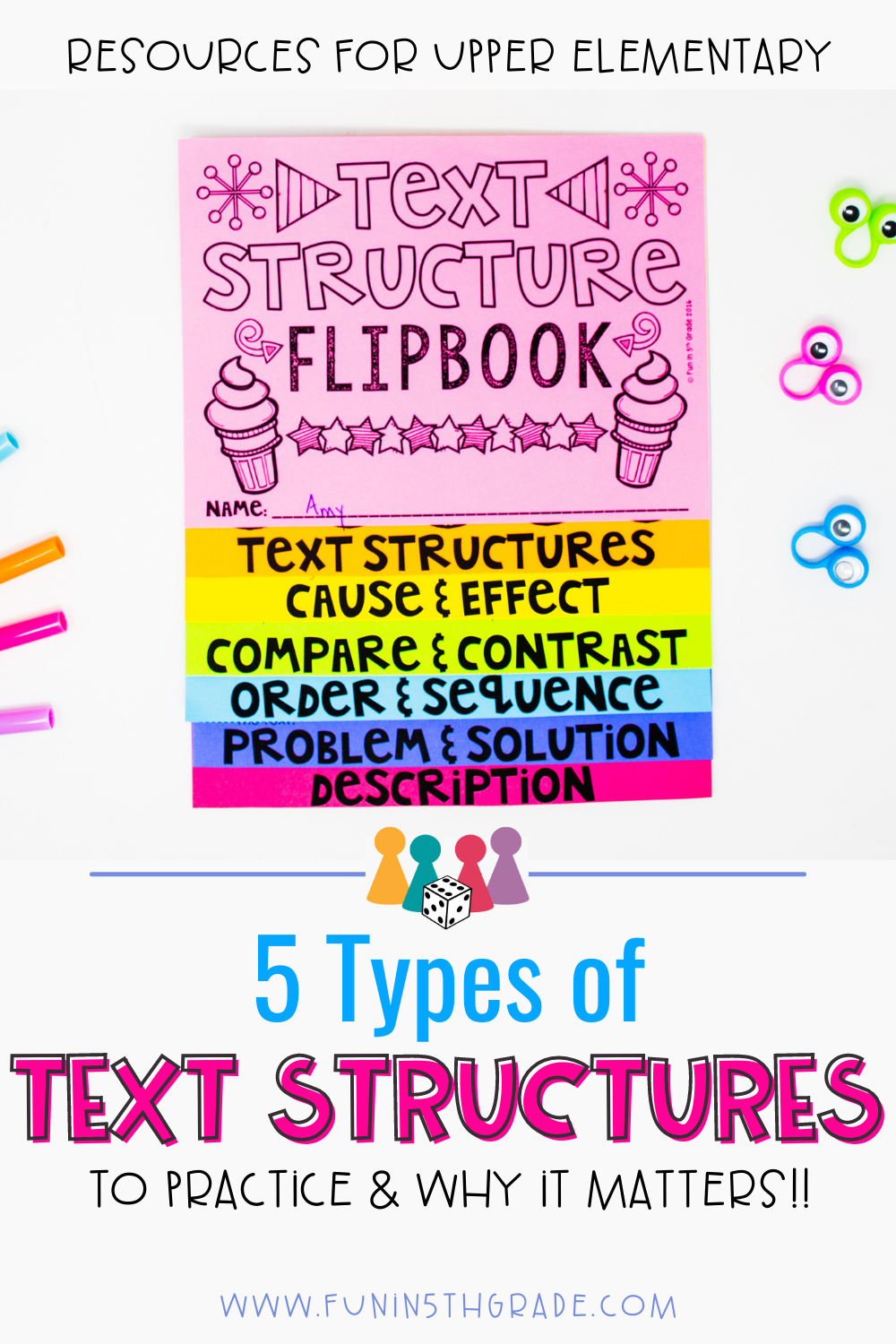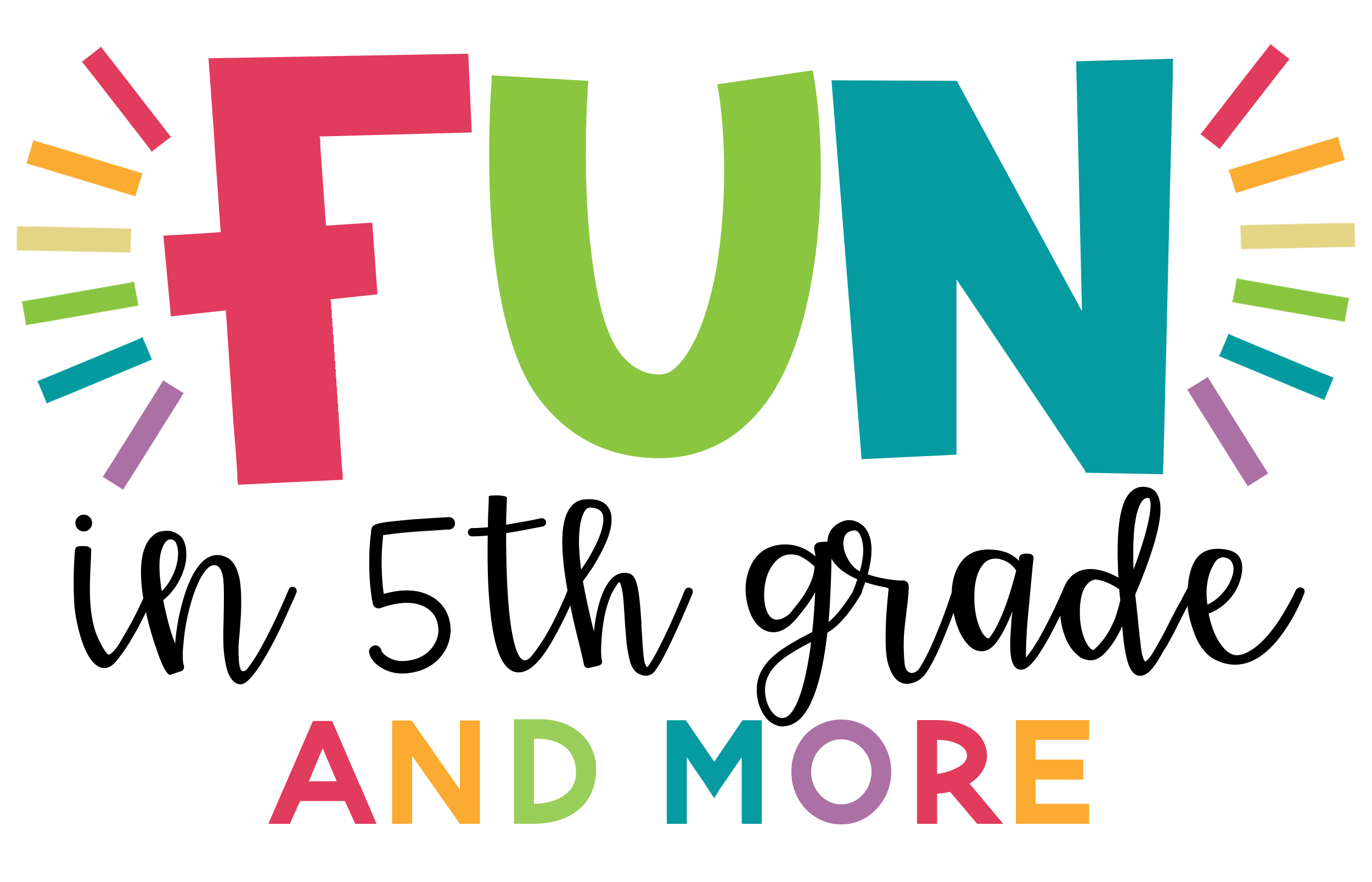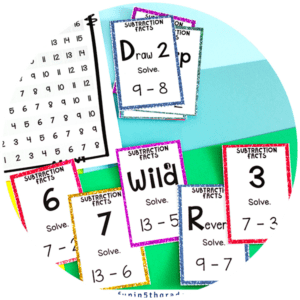Scaffold reading comprehension by teaching these 5 types of text structures to practice in upper elementary.
In education, one of the most important questions teachers need to be able to answer is ‘why.’
It’s not just the questions like
“Why is the Earth round?” Or “Why does 2 + 2 = 4?“
With older elementary students, we also have to answer questions like… “Why do we need to know this?” and “Why does this matter?”
When we are asked these kinds of questions by students (and parents) answers like “Because the standards say so” just don’t cut it.
We have to have clear answers. We have to KNOW WHY we are teaching the content that we teach, the way we teach it.
Today, as we talk about the 5 types of text structures to practice in upper elementary, we are also going to discuss WHY we teach them!

Why Do We Teach Text Structures?
Comprehending reading is a lot like learning a language.
Learning a new language can seem like an overwhelming feat. With so many new words to learn, it seems impossible that we will ever understand any of them.
Learning to read is similar. Just as a language has rules that can change the meaning of a word, reading has specific rules that can greatly change the meaning of a text.
One of the techniques a person uses when trying to learn a new language is immersion. This is when they go somewhere where they are surrounded by people speaking the language. They live in the language. This is also a strategy we use in reading. We often hear that one of the best ways to help kids learn to read (and comprehend what they read) is to read to them. A lot of times, we believe that just reading a lot to students will give them the lessons they need to understand the meaning of a text. It does help (immensely!), but just as someone who is immersing themselves in a culture will often study the culture and the rules of their language before jumping into an experience, immersion alone should not be the only reading instruction your students get.
Reading frequently, and being exposed to different kinds of writing, are super beneficial, but it’s helpful if kids at least have a few rules and structures to support them as they look at the pages of a book.
When we are just trying to identify words, it is helpful to have a basic understanding of the alphabet, reading left to right, and how letters are blended to make sounds.
When we are working on comprehending our reading, it is helpful to have a basic understanding of text structures.
Text structures (such as cause and effect, compare and contrast, chronological order/sequence, descriptions, and problem and solution) help students determine an author’s intent. If we can figure out what the author is trying to do, then we can focus on the most important details that support that effort.
Likewise, knowing and being able to identify text structures help students pull out the most important pieces of information from the text and can be beneficial as they start sorting and organizing that information.
Lastly, text structure helps students to know what lens they should be using when working through a text.
For example, if students are reading a passage about dinosaurs, and they recognize that the author is comparing and contrasting herbivores and carnivores, then they will naturally sort the information they are given into two columns. However, if they are reading a passage about dinosaurs and identify it as a descriptive passage, they are less likely to sort the dinosaurs into these different subgroups.
5 Types of Text Structures to Practice in Upper Elementary
The 5 types of text structures to practice in upper elementary are…
- Cause and Effect
- Compare and Contrast
- Chronological Order/Sequential Order
- Description
- Problem and Solution
The best way that I have found to introduce these 5 types of text structures to my students is through a flipbook like this one.
In this flipbook, students are introduced to the definition of the text structure, clue words to look for as they read, a visual interpretation of the text structure, and an example passage.
I love using flipbooks like this one to introduce information (like the 5 types of text structures) because then students have a resource they can reference as we continue to work through text structures.
Text structure is an important scaffolding technique for improving reading comprehension and needs to be practiced regularly in the classroom.

If your students are struggling with reading comprehension, a basic understanding of these 5 types of text structures can help them key in on the details that need to be focused on. We don’t want them getting distracted by additional fluff in the content that can deter them from the real point of the writing.
By teaching the 5 types of text structures to practice in upper elementary that we’ve outlined in this post, you’ll give your students a better chance of truly understanding the language of the text.

More Ways to Practice these 5 Types of Text Structure
If you are looking for even more ways to practice these 5 types of text structure, we strongly suggest checking out the blog posts below. Each will provide you with additional resources for teaching your students about these 5 types of text structures.
This post discusses how you can teach the 5 types of text structures while learning about video games!!
And this post gives several great ideas for activities and resources you can use as you teach about the 5 types of text structures.







